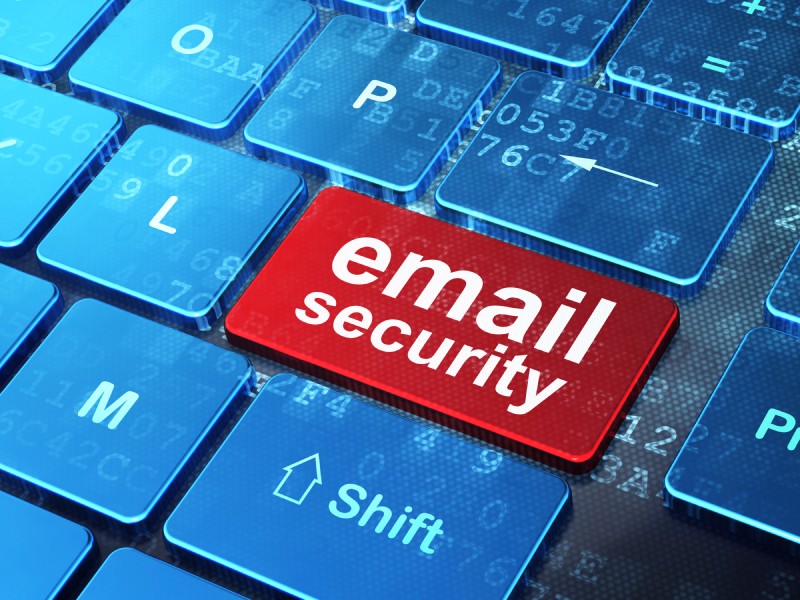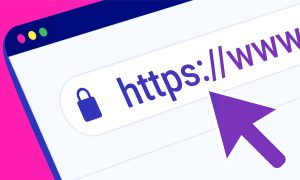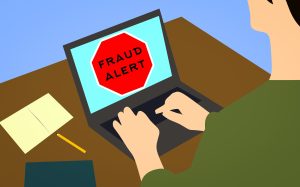Most online accounts are safeguarded by user credentials that involve a combination of passwords and usernames to access them. Ecommerce platforms, websites and social media sites all use these protective safeguards, and so do email accounts. While most online accounts give you an option to not store sensitive details such as your financial details or home telephone number, avoiding private information being retained in an email account is almost impossible.
From sent messages and drafts folders to inboxes stuffed with ongoing correspondence, email accounts are typically full of private data. While some of this information may be shared in the body copy of emails, further confidential content may be contained in attached documents.
As a result, email accounts represent a valuable target for malicious actors. If accessed by a hacker, this treasure chest of personal and private data is theirs to plunder and exploit. For this reason, the safeguards on an email account must be able to withstand attempts to bypass them.
What can a hacker do with access to your email account?
Once into your email account, an attacker has the power to take multiple malicious actions. On top of viewing, stealing, altering or destroying your personal data and those you communicate with who share information, they can also lock you out of your account.
They can also pretend to be you and issue emails in your name. They may contact your colleagues, family members and friends to attack them or simply ruin your personal reputation. With access to your email account, they can also reset your passwords for other online accounts. This may allow them to run up debts, take out credit and even spend money from your bank if your payment card is connected.
Consider all the different actions you can perform from your email account, and imagine this power in the hands of a cybercriminal.
Never use the same credentials for different accounts
It is increasingly common for websites to use a person’s email address as a username. Consequently, if a hacker works out your email address or sees it on social media, they already have 50 per cent of your access credentials. Many users make this situation worse by using the same password for multiple accounts. This mistake makes it easier for attackers to infiltrate all your online accounts.
Password strength is key
Always select a strong password or use a solution that can generate robust passwords. The current advice from the National Cyber Security Centre (NCSC) is to combine three words that are not associated with one another.
Multi-factor authentication (MFA)
Activating MFA for your email account will result in you receiving an SMS with a code each time you try and access your account. Unless a hacker has access to your smartphone and computer, they will be unable to get into your account.
Employ encryption
Using encryption software will ensure that if anyone accesses your account, they cannot view or steal your data. To test-drive our encryption and email security solution today, contact Galaxkey.



